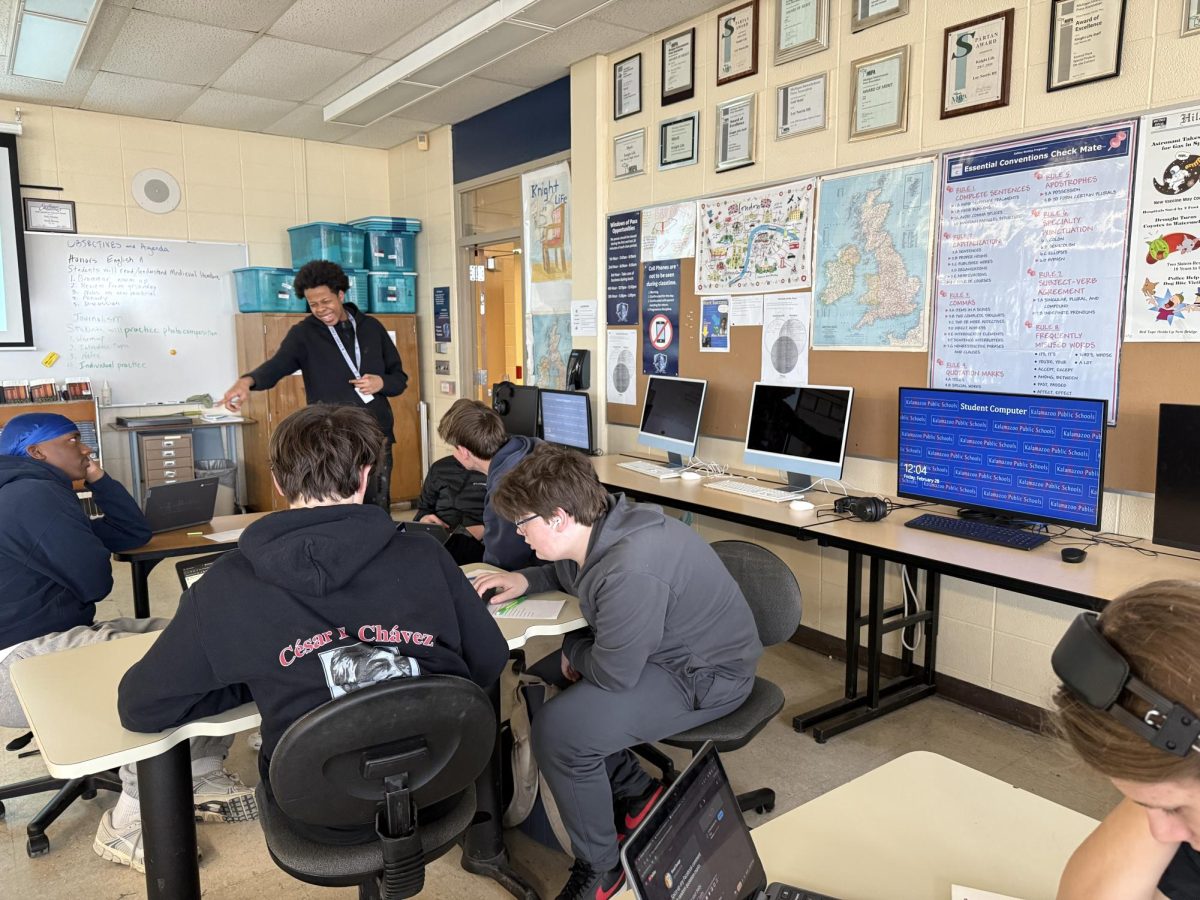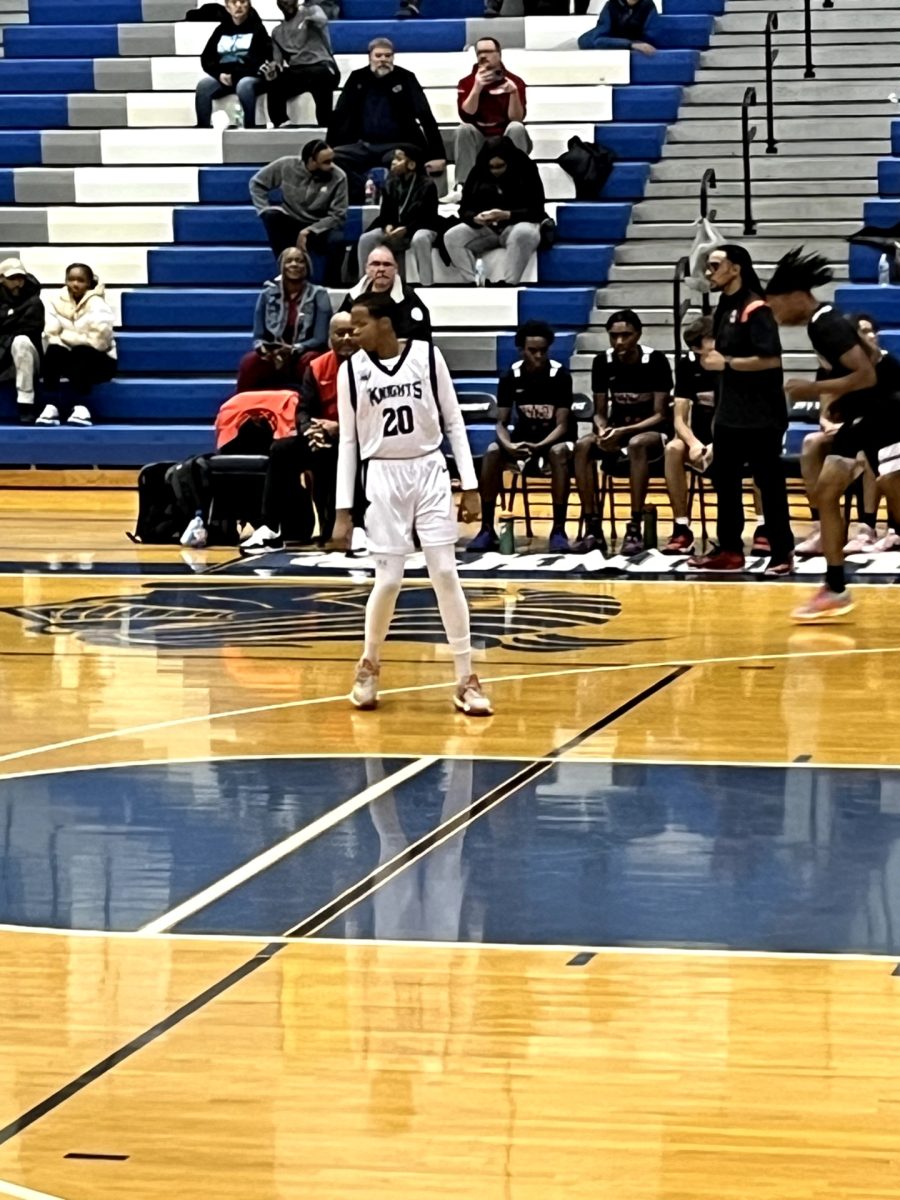Every student within the walls of Loy Norrix knows the ups and downs of the school week. Between the long classes, sports, clubs, and various other events, it’s enough to run anyone ragged. All of these activities sometimes do not satisfy a student, as some people want to maintain a social life. The social butterfly realizes that hanging out on their free time burns quite the hole in his or her wallet, or to be more precise, the parent’s wallet. The solution is a job.
Most businesses like Kohl’s or Dunkin’ Donuts offer part-time positions to students. This means you are working most weekends and sometimes even after school for about four hours. Because of the child labor laws in Michigan, teens at ages sixteen and seventeen are allowed to work no more than forty-eight combine hours during a given week
“It’s like ‘awe I gotta go to work’ but it’s not like I’m gonna die,” said student Drew Pawloski, who works part time at Bimbo’s Pizza.
“… it won’t help me in the field I plan on going into but it will give me some experience in jobs in general.”
Many student workers seek this type of experience, to learn the basic structure of a work place. In doing so the student is creating a strong base before taking steps towards a college degree for a specified career.
Although you lose some time to be at home or with your “homies”, there are some upsides to getting a job. In few cases students will put portions of their pay into a bank account to save for college. According to Gabrielle Angelica Abesamis of the Huffington Post putting about ten percent of any money earned into a bank account, the working student is prepared to avoid the potential of slipping into debt. The price for college (without the Kalamazoo Promise) costs an average of ten to twelve thousand dollars a year, according to data on the National Centre for Education Statistics, so every penny counts. This money is for books or Ramen Noodles or anything one may need in the very near future.
Student Anasia Turner is a part-time tutor three days a week and has a very positive outlook on her job. When asked about what sort of obstacles she has with her job she could not think of a single one.
“An upside is just helping the kids. As I’m teaching them I’m also learning,” said Anasia. During her tutoring sessions, Anasia has the opportunity to aid a younger student with their work an also gives her the advantage of completing her work as well.
In this article were just a couple of examples of what you can do with or without while maintaining a job. This is the tricky part, learning to give equal attention to a job and high school. Like walking a tight rope you would have to find the right balance as you pay attention to both. There are some other types of things that you can do to earn some wallet padding. Students like Clayton Barker are resourceful and have found ways to do chores at home and make extra money. This is far more convenient and practical for a busy student who may be concerned about their GPA.
Whether it be sports, video games, or flipping patties, everyone should be aware of the trade-offs and upsides before jumping into a job. If an individual has to spend long hours struggling with their school load, perhaps it is worth reconsidering getting a job. There are benefits both long and short term for getting a job. A student’s grades are more important than the weekly pay.







